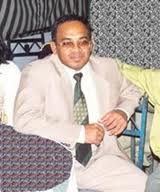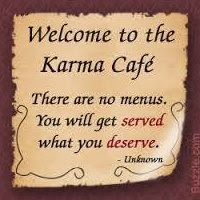Ji, Sethji, said Neel. He ran his eye over the lines and said: It seems that these are excerpts from a memorandum written by a high-ranking Chinese official and sent to the Emperor.
Yes, said Baharam. Go on. What does he say?
Opium is a poisonous drug, brought from foreign countries. To the question, what are its virtues, the answer is: it raises the animal spirits and prevents lassitude. Hence the Chinese continually run into its toils. At first they merely strive to follow the fashion of the day; but in the sequel the poison takes effect, the habit become fixed, and the sleeping smokers are more like corpses-lean and haggard as demons. Such are the injuries which it does to life. Moreover the drug maintains an exorbitant price and cannot be obtained except with the pure metal. Smoking opium [1], in its first stages, impedes business; and when the practice is continued for any considerable length of time, it throws whole families into ruin, dissipates every kind of property, and destroys man himself. There cannot be greater evil than this. In comparison with arsenic I pronounce it tenfold greater poison. A man swallows arsenic because he has lost his reputation and is so involved that he cannot extricate himself. Thus driven to desperation, he takes the dose and is destroyed at once. But those who smoked drug are injured in many different ways.
When the smoker commences the practice, he seems to imagine his spirits are thereby augmented; but he ought to know that this appearance is factitious. It may be compared to raising the wick of a lamp, which, while it increases the flame, hastens the exhaustion of the oil and the extinction of the light. Hence the youth who smoke will shorten their own days and cut off all hope of posterity, leaving their father and mothers and wives without anyone on whom to depend; and those in middle and advanced life, who smoke, will accelerate the termination of their years.
Stop! Bas! Enough.
Bahram snatched the journal out of Neel’s hand and tossed it on a table.
All right, munshiji, it is clear that you can read English without difficulty. If you want the job it is yours.
Above is a gleaning from River of Smoke by Amitav Ghosh
Following footnotes are by bunpeiris
[1] Opium
Opium, with its properties of alleviation of pain and induction of sleep together with other virtues then only known to the Ayurvedic medical practitioners and prescribed in Ayurvedic medicine in certain medications and treatments, was imported into Sri Lanka, though in limited quantities, only during the colonial era: Portuguese (1505-1656), the Dutch (1656-1796), and the British (1796-1948). De Queryroz, the Portuguese historian, mentions that during the Portuguese occupation Opium was imported by the king of Kandy. The port of call was Cotiar near Trincomalee, which was part of the kingdom of Kandy at the time. Ryckloff Van Goens, the Dutch governor in Ceylon during 1660-1663, recorded in his memoirs on the importation of opium from Surat and Bengal in India.
In the nineteenth century, the British cranked up the importation of opium with a view of quick profit. In 1834, with the free market in opium that would have destined to corrupt the values of the Sinhalese, there arose a rumor, if found true in substance, that could have been fatal to the British colonialists themselves. Molligoda, the First Adigar of Sri Wickrama Rajasinghe, the last king of Kandy (1798-1815) was suspected of hatching a plot to poison then Governor of Ceylon (1831-1837), Sir Robert Wilmot Horton (Horton Plains, a UNESCO World heritage Site of Sri Lanka Holidays was named after Lady Horton; in fact it was called Lady Horton’s Plains) and the principal officials at a banquet.It was believed the Kandyan chief, the most distinguished aristocrat of Kandy made attempts to seduce, by means Opium, the highly regarded Malay troops of the British colonialists. The opium affairs kept bubbling up now and then, here and there, during the British occupation of Ceylon. To illustrious Major Thomas Skinner (1804 - 1877), the famous builder of Colombo- Kandy Road, the gravitation of his Malay troops towards opium was a matter of consternation.
In June 1857 opium had a sinking feeling: during a squall, the P. & O. liner, Erin carrying a consignment of opium from Bombay to China struck a sand bank and sank at the mouth of the river Kaluganga, thirty miles south of Colombo. The entire consignment of opium, worth 170,000 Sterling Pound, an enormous sum in those days, was lost.
The first opium shop in Sri Lanka was at Chilaw, south of modern Kalpitiya peninsula Beach Resort and it was in existence in 1850. The second opium shop was opened about 1860 in Hambantota, then a small town, yet with a considerable Malay population. The number of shops shot up during the period of 1867-1890 from 31 to 56. Following the orchestrated protest by the Ceylonese, mainly by the Sinhalese Buddhist, in 1867, then governor of Ceylon, Sir West Ridgway, by an ordinance doubled the duty on opium from Ceylon rupees 1 to 3 per pound. The importation of Bang or Ganga was banned too. However Ganja continued to be grown, in deep secrecy, here and there, in the deep jungles of Ceylon: Dr. Richard Lionel Spittle (Dr. R. L. Spittel) (1881 –1969) in his book “Thisaham” narrated how a Malay trader persuaded a Ceylonese Veddha (Sri Lanka’s aborigines) named Thisahami to grow Ganja in his jungle hideout.
The opposition to government policy of opium was spearheaded by the Rev. Hikkaduwa Sri Sumangala (1827-1911), a leading light of Buddhist renaissance, and Mr. S.C. Obeysekera, a member of the Legislative council with a petition to the British colonialists in Ceylon. The signatories’ featured13,967 Sinhalese, 11878 Tamils, 1265 Tamils, 265 Burghers, and 465 of other nationalities. The disparity of the nationalities in comparison to population (Sinhalese: 74%; Tamils: 12%) was owing to the fact, the petition was confined to those literate. In 1867 a committee headed by R. F. Morgan, Queen’s Advocate admitted the increase of opium consumption was probably helped by its free availability in opium shops. To give the devil his due, it must be said, Opium shops in Ceylon were closed down subsequently by a decree British colonial government.


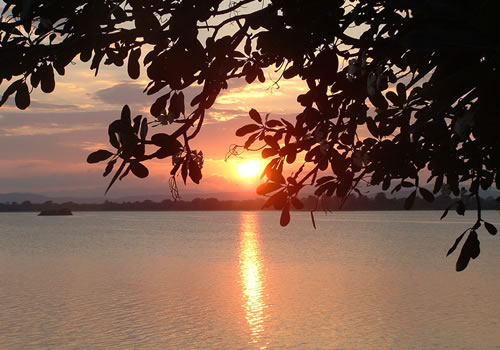

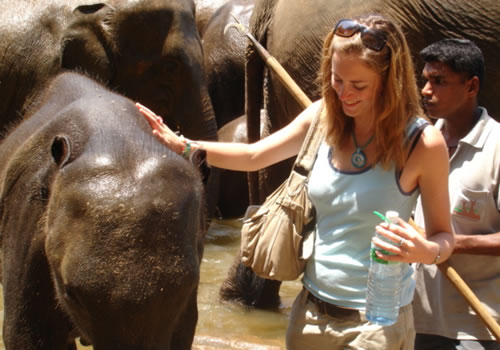
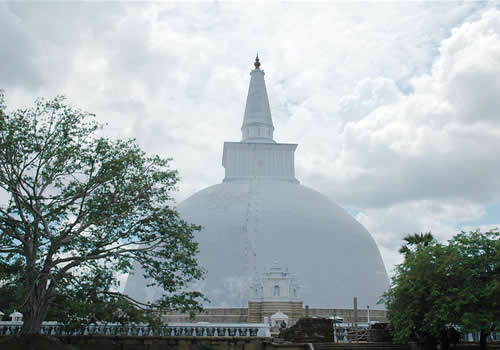
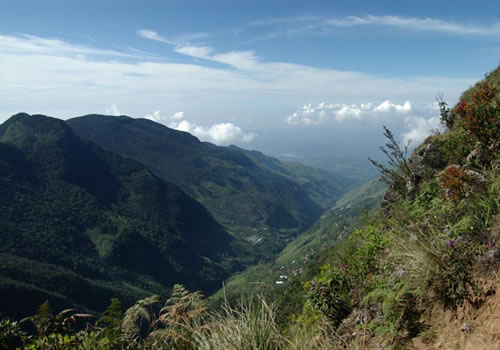



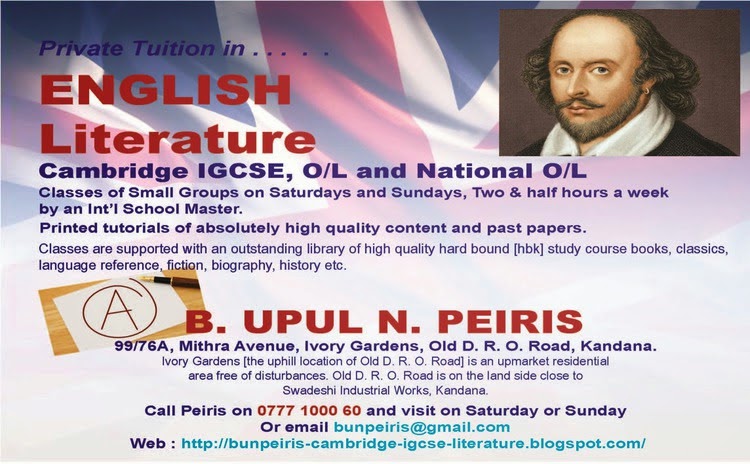
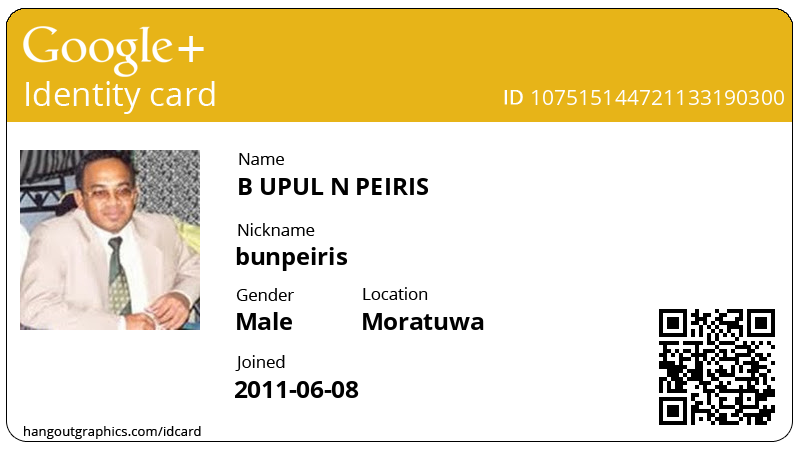









.jpg)






